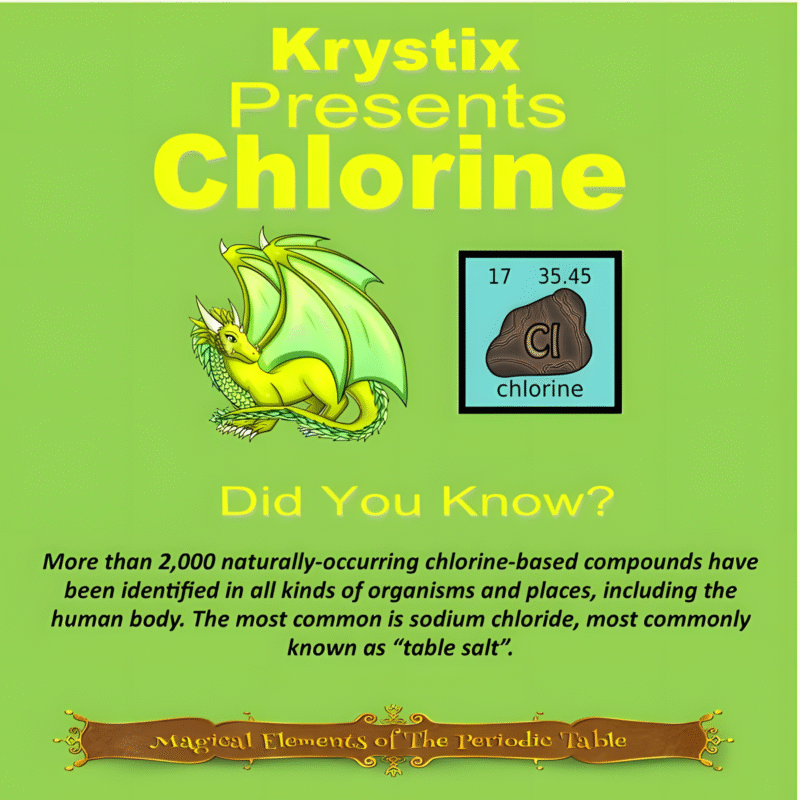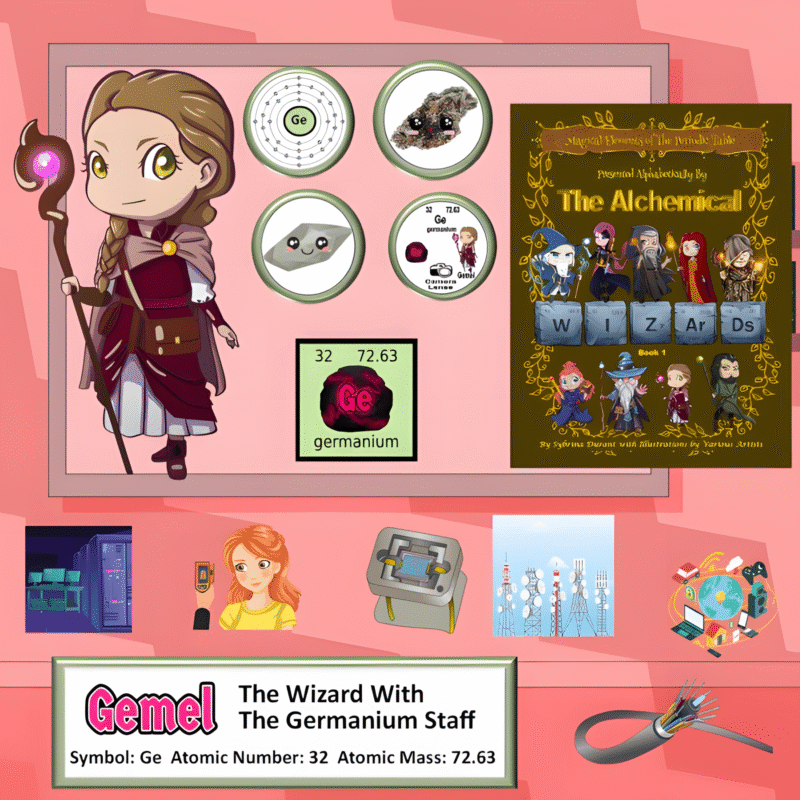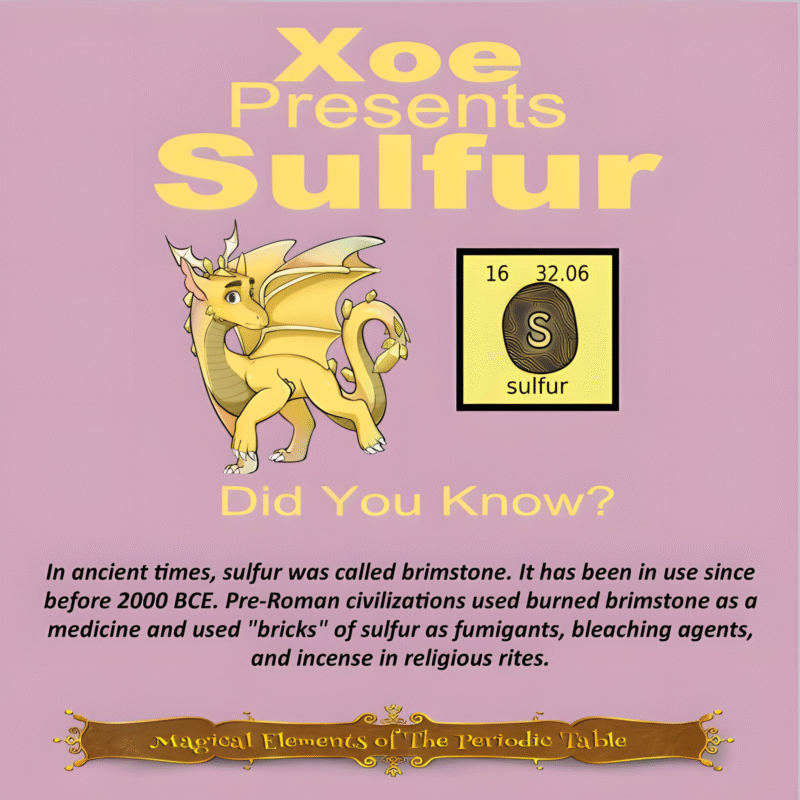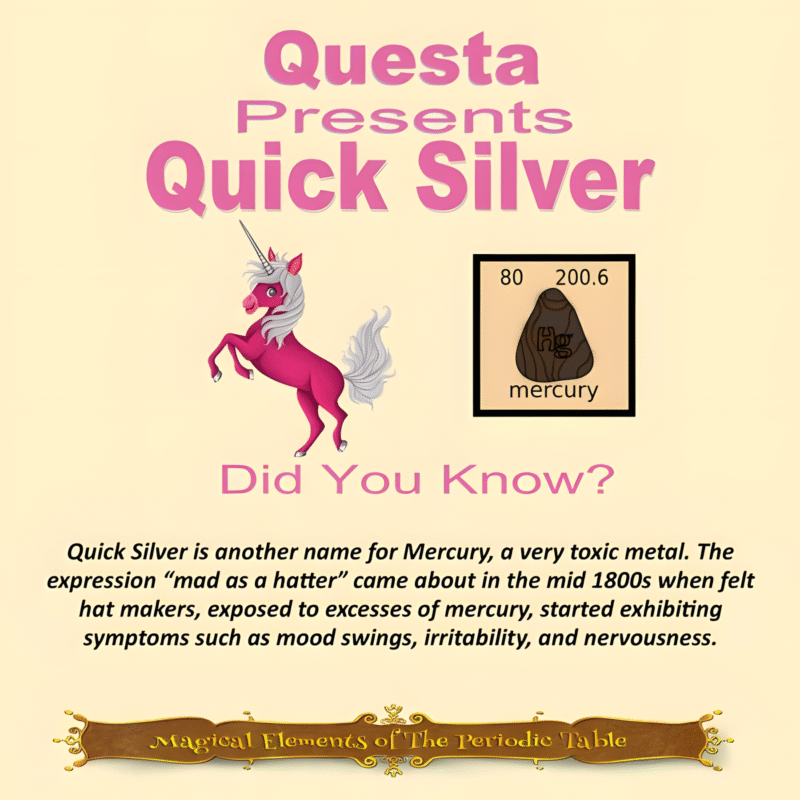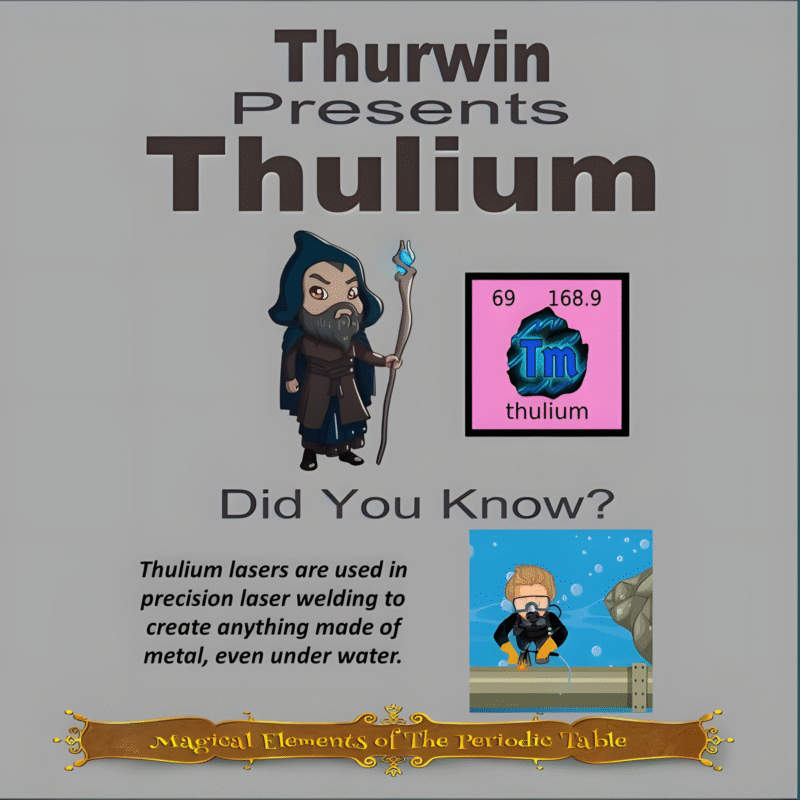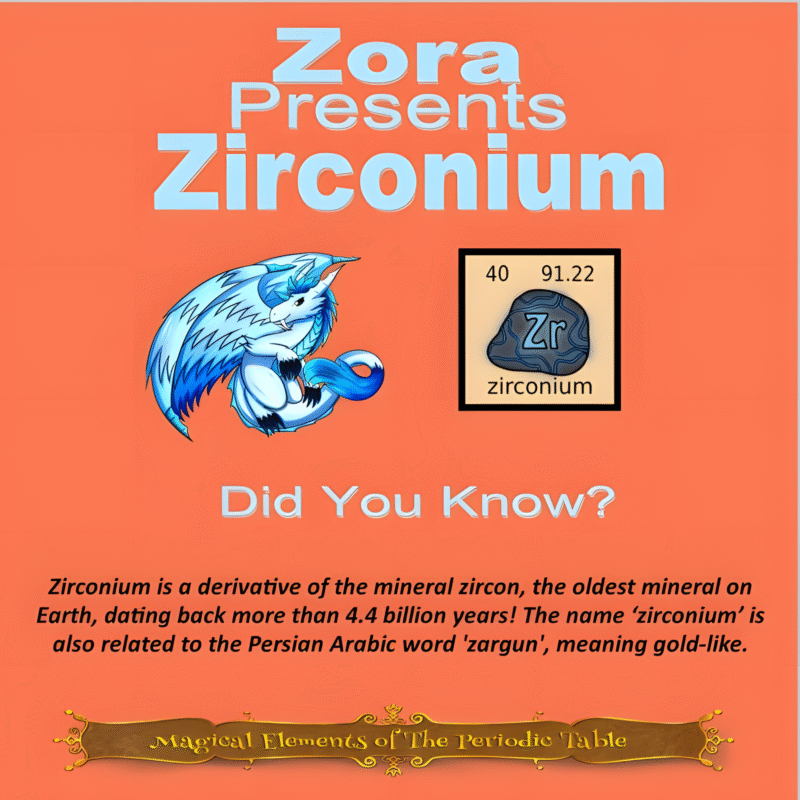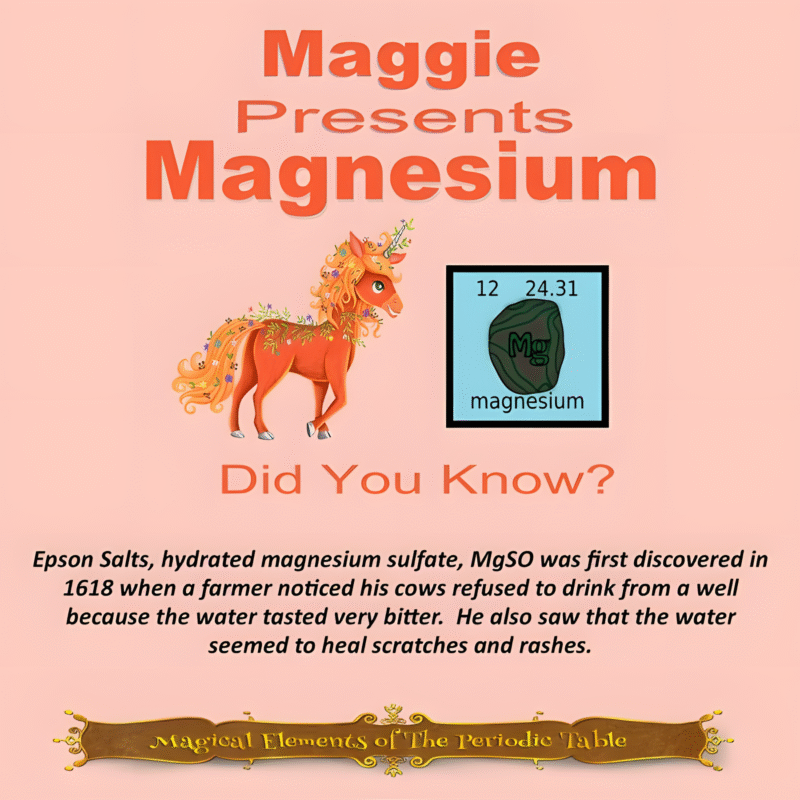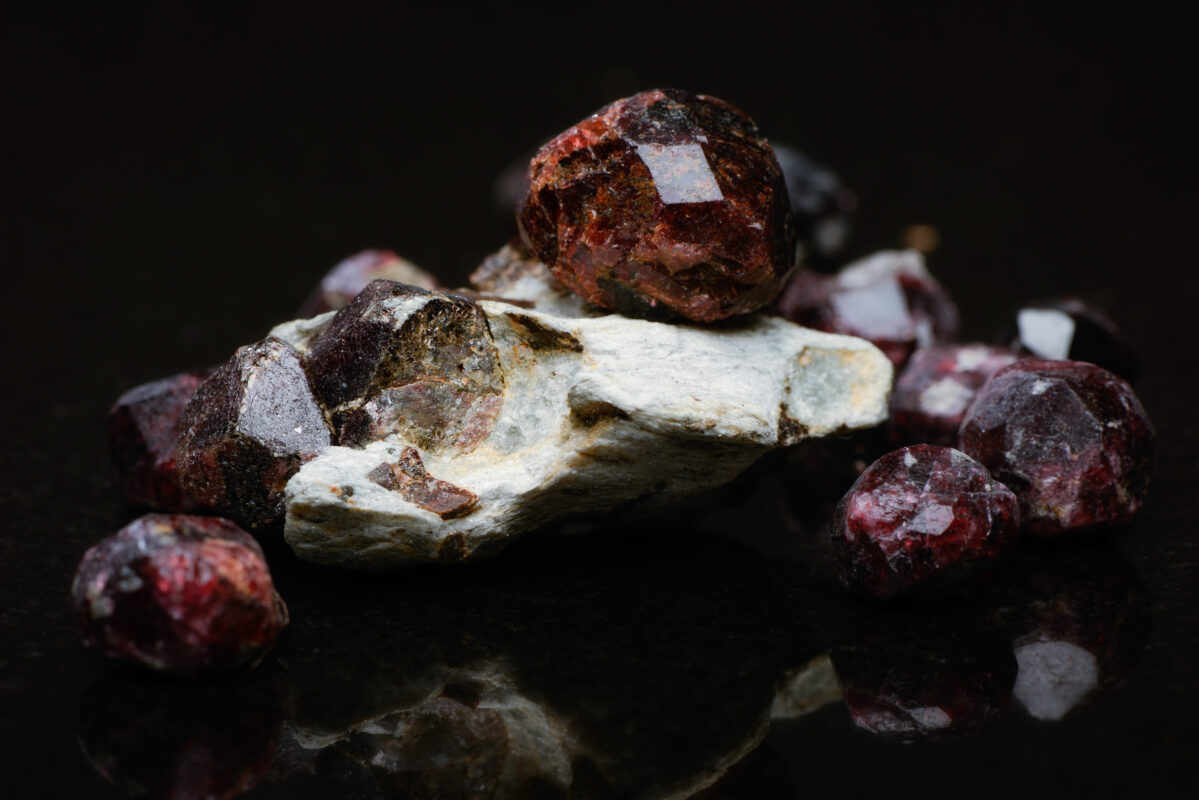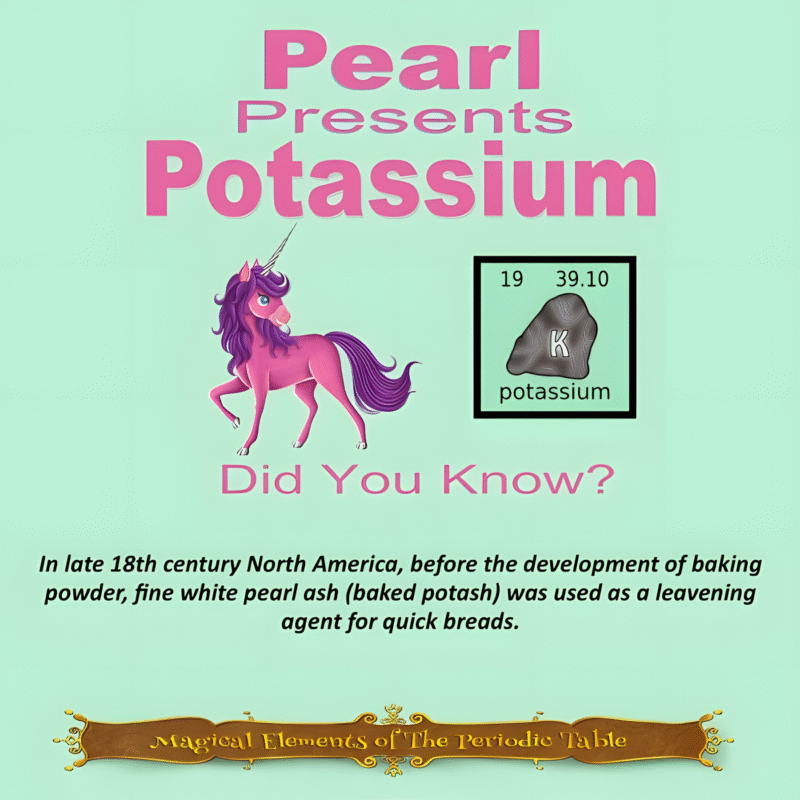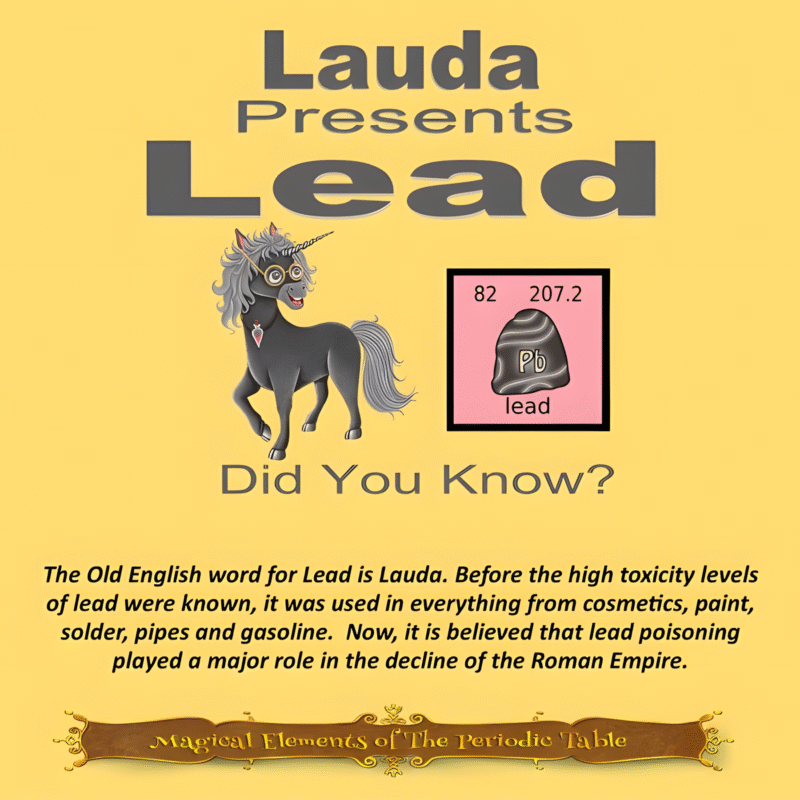Brass and Musical Instruments
Article By Sybrina Durant
Brass is a popular material used in the construction of musical instruments due to its unique acoustic properties, durability, and aesthetic appeal. The distinct sound produced by brass instruments makes them a favorite among musicians of all genres, and brass instruments are widely used in jazz, classical, and contemporary music.
There are several different types of brass that are used in musical instruments, each with its own unique qualities. Brass is an alloy of copper and zinc, and the proportion of these two materials determines the properties of the resulting brass. The most common brass used in musical instruments is yellow brass, which is composed of 70% copper and 30% zinc. This brass has a bright, shimmering tone and is popular in trumpets, trombones, and french horns. Yellow brass is also used in the construction of bells and cymbals. Red brass, also known as rose brass, is an alloy of 85% copper and 15% zinc. This brass has a darker, warmer tone than yellow brass and is commonly used in the construction of saxophones, euphoniums, and tubas. Red brass is also used in the production of many percussion instruments. Another common brass used in musical instrument construction is nickel silver, also known as German silver. This alloy is composed of copper, zinc, and nickel and has a bright, silvery appearance. Nickel silver is often used in the construction of flute and saxophone keys, as well as some trumpet mouthpieces.
Phosphor bronze is a type of brass that contains a small amount of phosphorus, which gives the alloy excellent corrosion resistance. This brass is often used in the production of high-end cymbals, and it also appears in some brass instrument components. Brass can also be mixed with other metals to create specialized alloys. For example, gold brass, which contains a higher proportion of copper than standard yellow brass, produces a rich, mellow tone and is often used in the construction of french horns. Each type of brass has its own unique properties, and instrument makers will carefully select the type of brass that will create the desired sound for a particular instrument. Additionally, the thickness and shape of the brass tubing or sheet metal used to construct an instrument will also impact its tone and resonance. In addition to its acoustic properties, brass is also a popular choice for musical instrument construction due to its durability and aesthetic appeal. Brass instruments are often highly polished and feature intricate designs and engravings. These instruments can be truly works of art as well as functional musical tools. However, the use of brass in musical instruments does have some downsides. Brass is a relatively heavy material, which can make it harder for young or smaller musicians to handle large brass instruments such as tubas and trombones. Additionally, brass instruments can be susceptible to dents and scratches, which can affect the quality of the sound produced. In conclusion, brass is a versatile and popular material used in the construction of many musical instruments. The different types of brass each offer unique qualities and can be used to create a wide range of sounds. Whether you are a professional musician or a beginner just starting to explore the world of music, brass instruments are a valuable addition to any collection.
This article is presented by Sybrina Durant, the author of The Magical Elements of the Periodic Table Presented Alphabetically by the Metal Horn Unicorns, an innovative book that sparks kids’ interest in chemistry and science. Arranged alphabetically, each page features an element, as well as special pages for alloys and compounds. The included unicorn-themed periodic table makes it even more fun! Purchase this book today to give your child an introduction to the interesting and exciting world of chemistry.
Bio:
Sybrina Durant is a unicorn author/entrepreneur. In addition to books, she offers unicorn-themed activities, t-shirts and more. Plus, she has pulled together a collection of nearly all the unicorn books available today from hundreds of authors. They are categorized on her website by Little Kid, Middle Kid and Teen Unicorn Books.
Social Media Links:
Book Page On Website – https://www.magicalptelements.com/maupt
Interactive Unicorn-Themed Periodic Table – https://sybrina.com/muapt/inter-active-unicorn-themed-periodic-table-from-magical-elements-of-the-periodic-table-presented-alphabetically-by-the-metal-horn-unicorns/
Sybrina’s Unicorn Book Store – https://sybrina.com/sybrinas-unicorn-book-store-main/
Book on Amazon – https://www.amazon.com/Magical-Elements-Periodic-Table-Alphabetically-ebook/dp/B0BTVC1R62 – free with kindle unlimited
Get The Magical Elements of the Periodic Table Book Worksheets and Activities –
Book on Goodreads – https://www.goodreads.com/book/show/100022768-magical-elements-of-the-periodic-table-presented-alphabetically-by-the-m
Amazon Author Profile – https://www.amazon.com/stores/author/B009K3WGMS
Sybrina Publishing Store on Amazon – https://www.amazon.com/stores/page/686BB824-052C-4B4E-99C3-CD2B8FCFBA8D
Book Song on Youtube – https://youtube.com/playlist?list=PLybqF-7D4W3FTbEZF_rZ45b7A1xJdubni – Listen to No Metal No Magic
Twitter – https://twitter.com/Sybrina_spt
Facebook – https://www.facebook.com/TheBlueUnicornBookStore
Pinterest – https://www.pinterest.com/sybrinad/middle-grade-unicorn-books/
Instagram – https://www.instagram.com/sybrinablueunicorn/ LinkedIn – https://www.linkedin.com/company/sybrina-publishing











